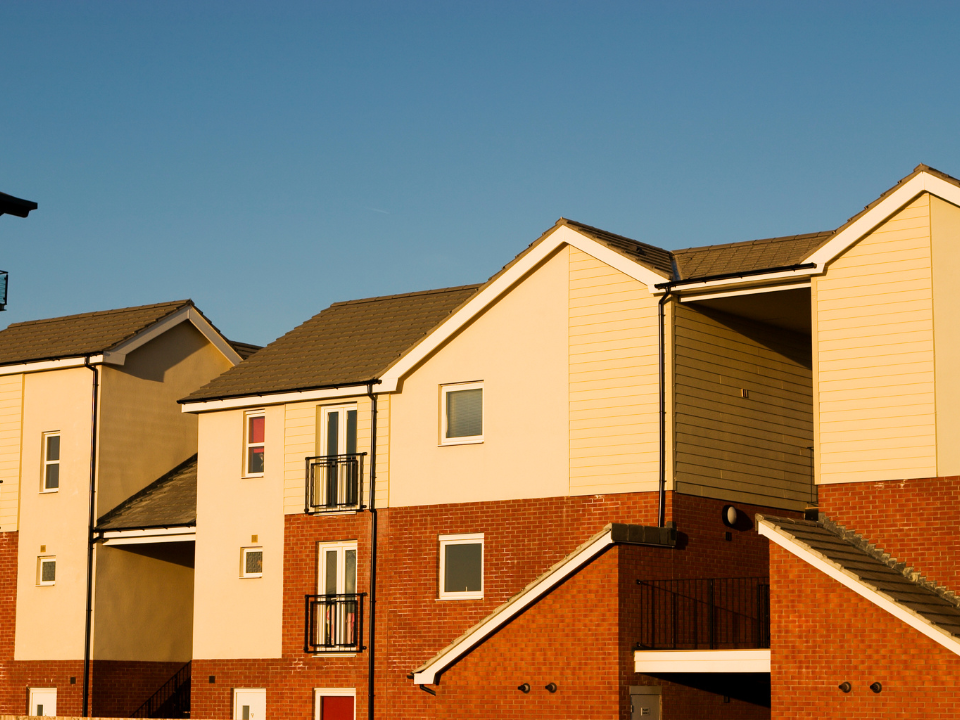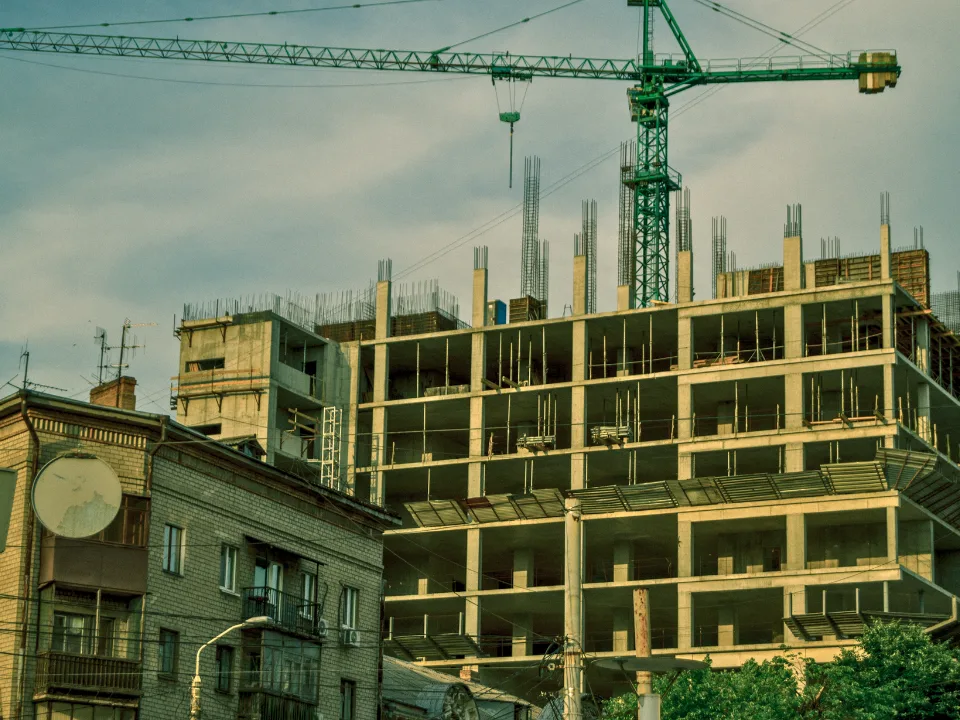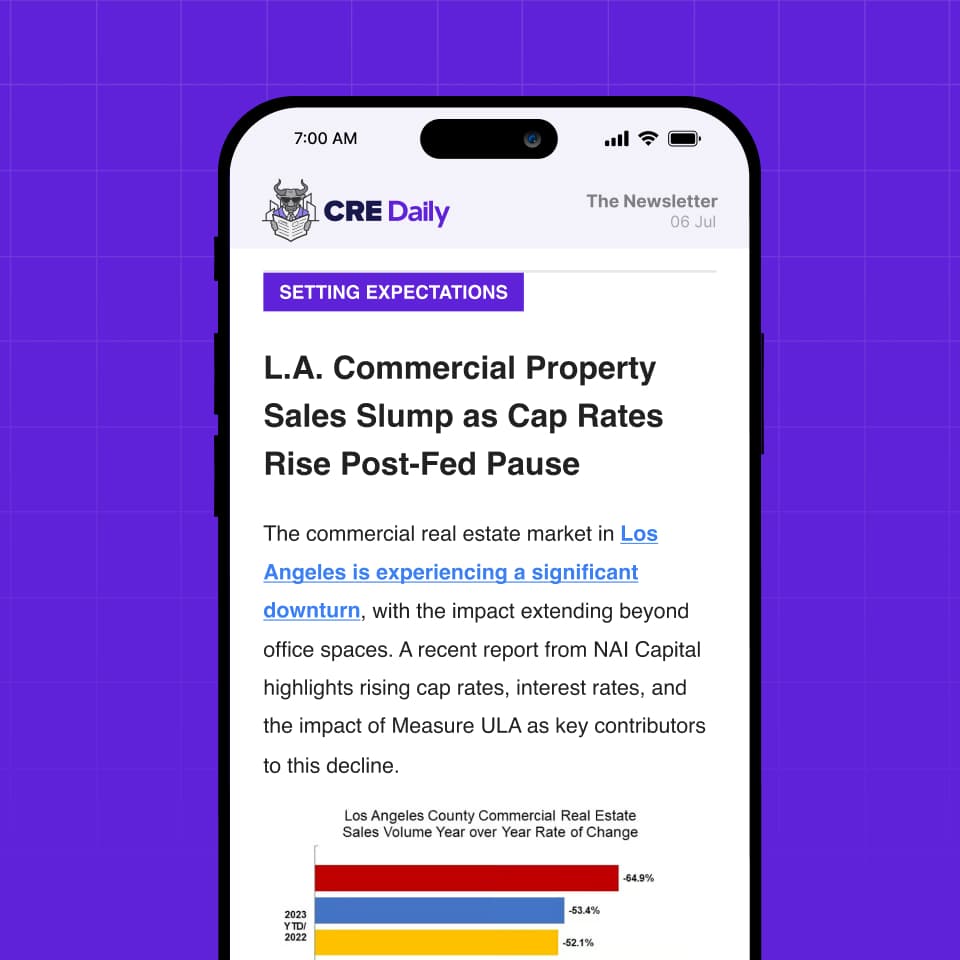- The Accelerated Supply of Affordable Production Housing Act (ASAP) would exempt affordable housing projects from federal volume caps on private activity bonds until 2034.
- The bill could significantly boost affordable housing construction by freeing up bonds and generating more low-income housing tax credits.
- With bipartisan support for public-private financing solutions, the bill has potential but faces uncertainty ahead of the upcoming elections and tax law negotiations.
Volume caps on private activity bonds have long been a barrier to affordable housing finance.
According to The Real Deal, Bronx Rep. Ritchie Torres aims to change that with the introduction of the Accelerated Supply of Affordable Production Housing Act (ASAP), which proposes to exempt 100% of affordable housing projects from these caps until 2034.
Potential Game-Changer
Volume caps limit the amount of tax-exempt bonds that states can issue each year, restricting the availability of a key financing tool used alongside low-income housing tax credits (LIHTCs) to fund affordable housing projects.
By lifting these restrictions, Torres believes the bill could significantly increase housing production across the country. “The affordability crisis in America is not an inevitability. It is a choice, it is a product of public policy,” Torres said.
He emphasized that the policy change would untie the hands of developers struggling to meet the demand for affordable housing.
How it Works
Under the 50% test, at least half of an affordable housing project must be funded through private activity bonds to qualify for 4% low-income housing tax credits.
Current efforts to lower this threshold have stalled, but the ASAP bill offers a more comprehensive solution. By exempting affordable projects from the volume cap altogether, the bill could unlock additional financing and enable the construction of more homes across the U.S.
Support From Advocates
Rachel Fee, executive director of the New York Housing Conference, worked closely with Torres on the bill. She believes it would “turbocharge” housing construction, estimating that New York could at least double its annual production.
Over the past two years, New York’s volume cap has remained around $2.4B, with most of it allocated to housing, producing about 10K units annually. With 20 states over their volume cap as of September, the demand for more flexibility is clear nationwide.
Get Smarter about what matters in CRE
Stay ahead of trends in commercial real estate with CRE Daily – the free newsletter delivering everything you need to start your day in just 5-minutes
Pressure to Produce
During a recent hearing, Adolfo Carrión, Commissioner of the Department of Housing Preservation and Development, highlighted the need to adjust the 50% test to increase access to LIHTCs.
Carrión noted that New York City has 750 housing projects in the pipeline, 300 of which are new construction, but many are under pressure due to current volume cap limits. According to Fee, the ASAP bill could provide the financial flexibility needed to clear this backlog.
Bipartisan Support
Expansions to LIHTCs and other public-private financing tools have historically gained bipartisan support, offering a more politically feasible option than increasing funding for public housing.
However, these proposals can become entangled in larger political battles, often sidelined by other priorities. The outcome of the upcoming election will play a crucial role in determining the bill’s fate, with Torres expressing hope that the current focus on housing in the presidential race could work in its favor.
If the bill gains traction, it could influence next year’s discussions on expiring tax laws, providing a pathway to increased housing development across the U.S.
















